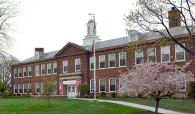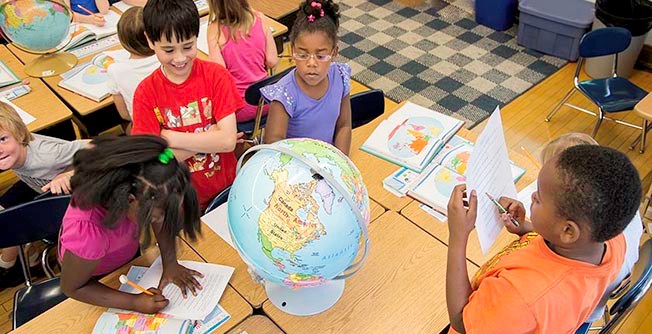Blog Post-It
On Thursday, February 20, 2014 my education class was required to read chapter 8 in our Educational Foundations book on the "banking concept" of education in which Paulo Freire describes education being based on this concept of communicating, the teacher issues communiques and makes deposits which the students patiently receive, memorize, and repeat. This concept has been under scrutiny over the years and still today this method is being used by teachers and schools all over the world. Along with the reading, we were required to make post-it notes and put them at places in the chapter where we felt we didn't understand a term or statement or ask a question about the reading.
My question I posed to the teacher and the class which seemed to be the popular question of debate was on page 109 of chapter 8, which discusses liberation in the classroom. I asked, "What are liberating ourselves from? The banking concept, the way we are retaining knowledge, the way we are taught, etc.?" Many people had great answers to this question. We like to think we are liberating ourselves from the banking concept and how consistent everything is and never changing. we discussed that in the classroom we should be able to explore different ways and methods of learning and teaching.
I can relate to some of the teachers I used to have in high school and I have had some teachers here at John Carroll that only use this method, even though they might not know they are using the banking concept. The classes that seem to stay within the norms of a classroom, and do use the banking method, seem to be a boring and uninteresting topic or field of study. For this reason is little in part in why I decided to switch my major from psychology to education because of how it made me see clear of what the banking concept is and how it is being used and how I feel that it is not so effective. Students of all ages need to experience the world, ask questions, be creative. And teachers need to go outside the norms of society in the classroom to do all in their power to help their students succeed and be all they can be to the best of their ability.



